Entry Category: Military Science - Starting with G
Gaines’ Landing, Skirmish at (June 28, 1863)
Galloway’s Farm, Affair at
aka: Shelling of Jacksonport
Gammage, Washington Lafayette
Gantt, Edward W.
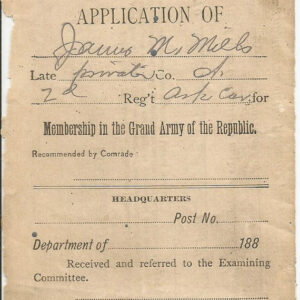 GAR Application
GAR Application
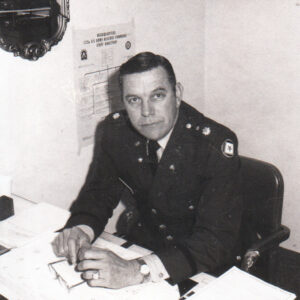 Charles Lindbergh George
Charles Lindbergh George
Gillam, Isaac Taylor
Gillem, Alvan Cullem
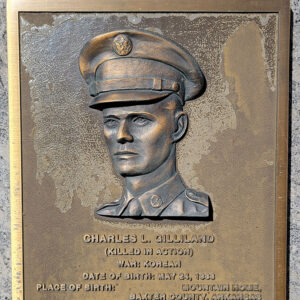 Charles L. Gilliland Plaque
Charles L. Gilliland Plaque
Gilliland, Charles Leon
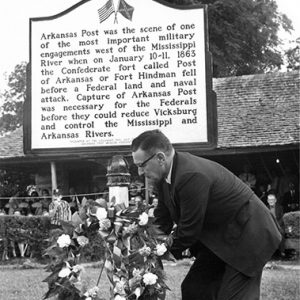 Dr. Harold V. Glenn
Dr. Harold V. Glenn
Gober, Hershel Wayne
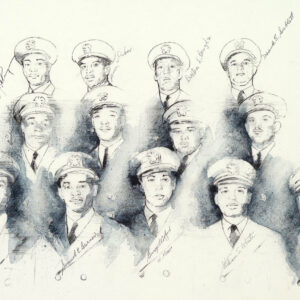 The Golden Thirteen
The Golden Thirteen
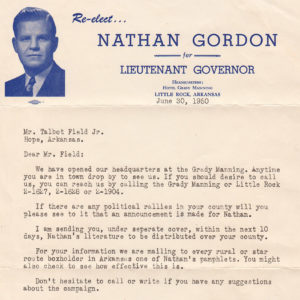 Gordon Campaign Letter
Gordon Campaign Letter
Gordon, Anderson
 Nathan Gordon
Nathan Gordon
 Nathan and Virginia Gordon
Nathan and Virginia Gordon
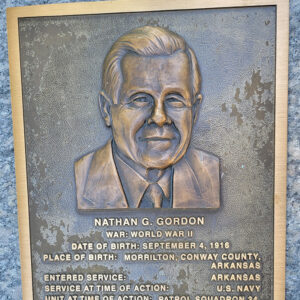 Nathan G. Gordon Plaque
Nathan G. Gordon Plaque
Gordon, Nathan Green
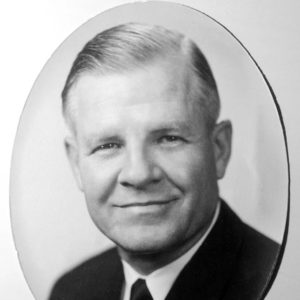 Nathan Gordon
Nathan Gordon
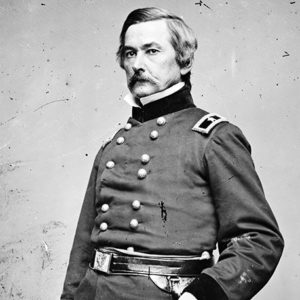 Willis A. Gorman
Willis A. Gorman
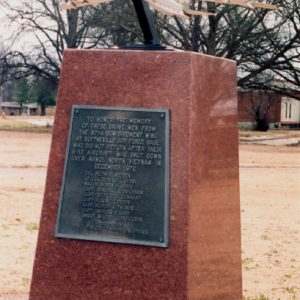 Gosnell Vietnam War Monument
Gosnell Vietnam War Monument
Govan, Daniel Chevilette
Grand Army of the Republic (GAR)
Grand Glaize, Expedition to
aka: Scout to Little Red River
Grand Glaize, Scout to
 GPHS Plaque
GPHS Plaque
Grand Prairie, Skirmish at
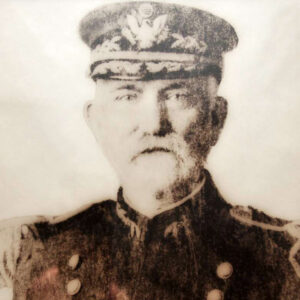 Benjamin W. Green
Benjamin W. Green
Green, Benjamin William
 Benjamin William Green
Benjamin William Green
 Marlon D. Green
Marlon D. Green
Greene, Colton
Greene’s Operations on the West Bank of the Mississippi River
Greensboro to Helena, Expedition from
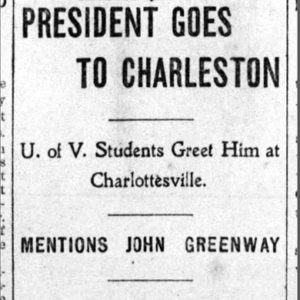 Greenway Rough Riders Mention
Greenway Rough Riders Mention
Greenway, John Campbell
Grider Army Air Field
Grider, John McGavock
Guerilla Execution of 1864 (Little Rock)
Guerrilla Executions of 1864 (Fort Smith)
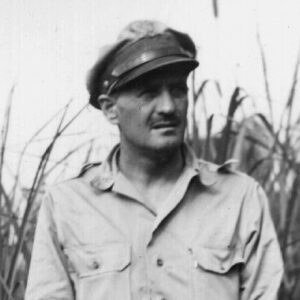 Paul "Pappy" Gunn
Paul "Pappy" Gunn




